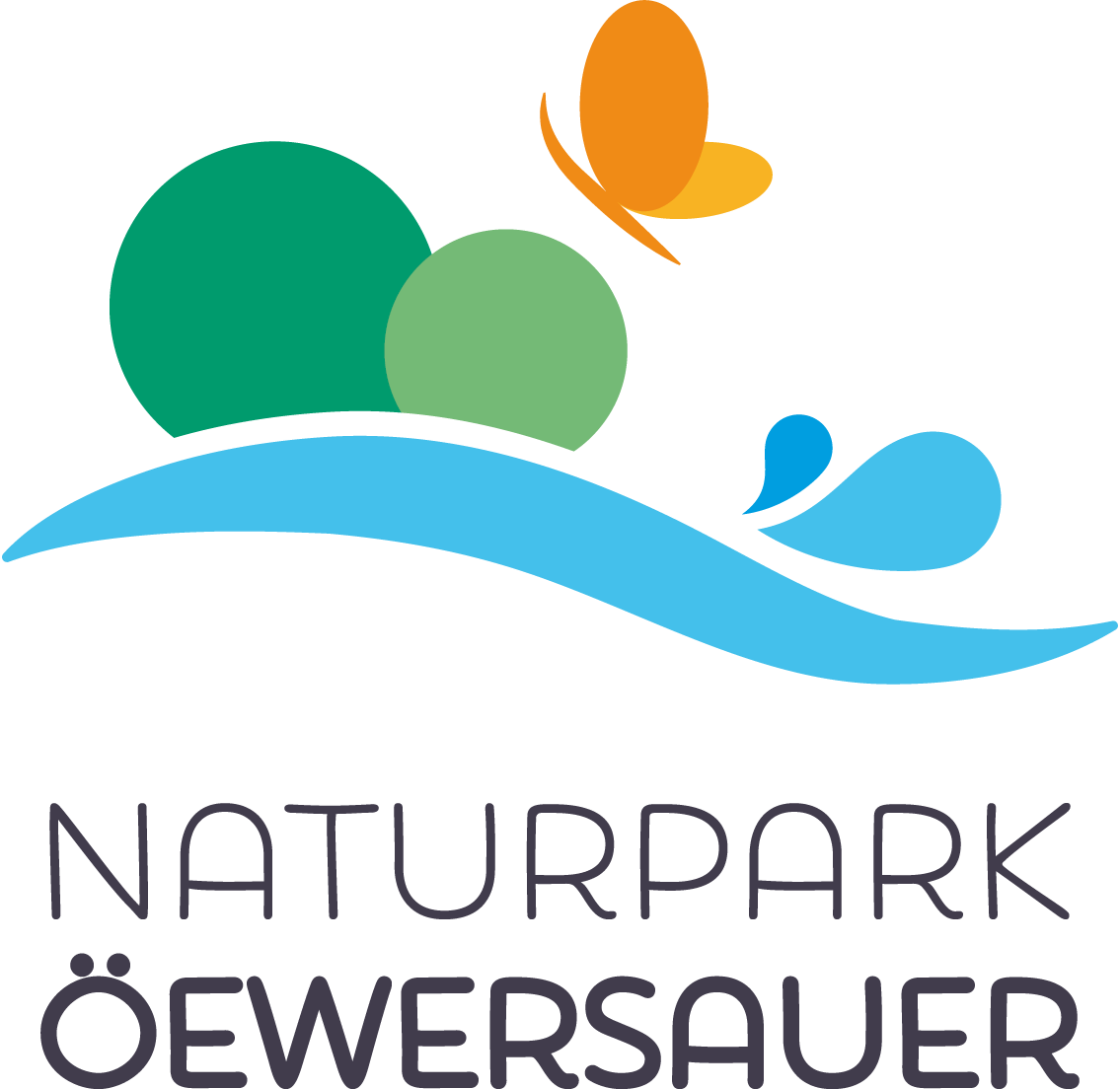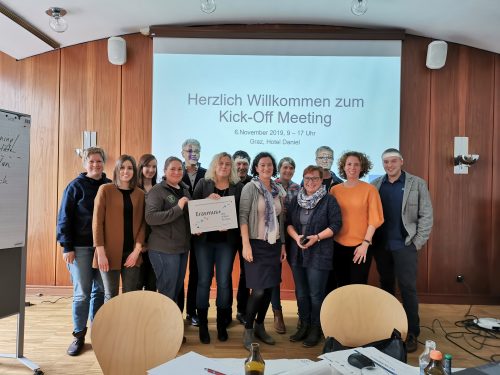The important and positive effects of nature on the (mental, social and physical) development of children has already been proven in numerous studies. Unfortunately, in education not enough attention has been paid to these study results. On the one hand, this is due to a lack of qualifications or knowledge as to how a practical implementation could take place, but also due to the lack of appropriate teaching tools for the pedagogues. The ERASMUS+ project NALENA, co-funded by the European Union, addresses exactly these issues and collects the experiences from different countries with classes in nature, which have so far only been available in individual areas, and processes them.
The main goal of the project thus consists of the exchange of Knowhow and methods in the area of “classes in nature”. Furthermore, specific approaches, experiences, obstacles and successful forms of cooperation for NALENA will be collected. With these experiences key competences of pedagogues are being enabled to teach classes in nature and as a result improve the quality of the lessons. The long-term value of the project results from the manifold partner structure which provides a very good overview of the success factors of NALENA as requirement for implementation in various systems (schools, training facilities, nature parks). Hence a transferability on all the European countries would be enabled.
The results of the project can be found on the internet site of the Federation of the Nature Parks in Austria (Verband der Naturparke Östreichs).



